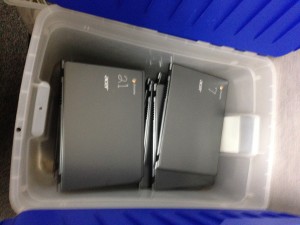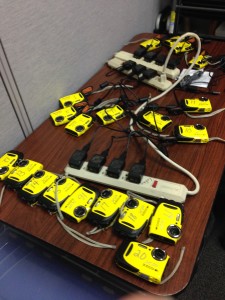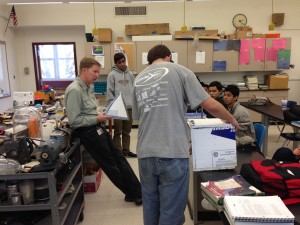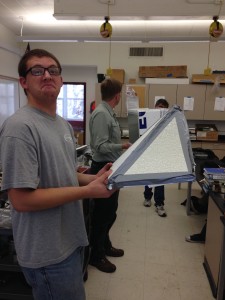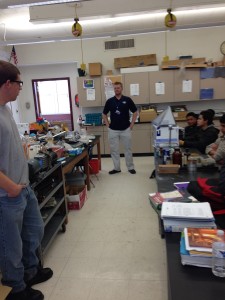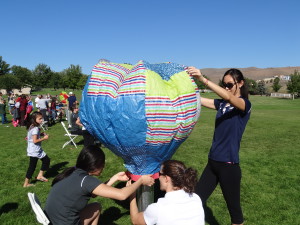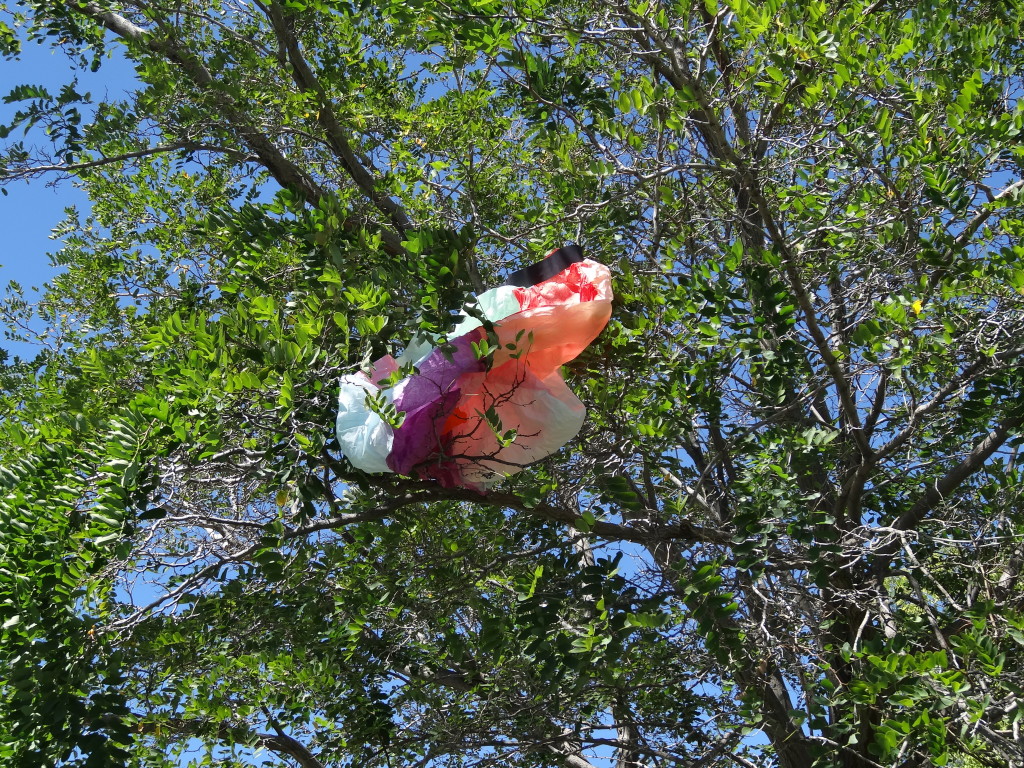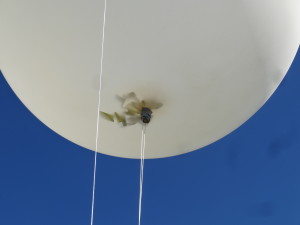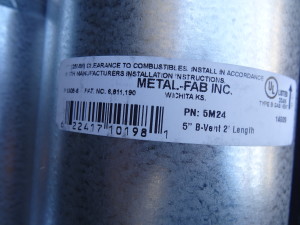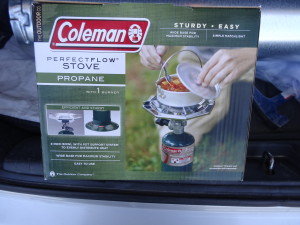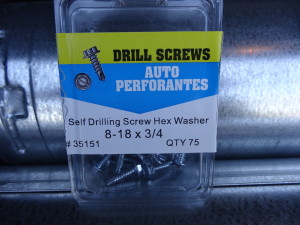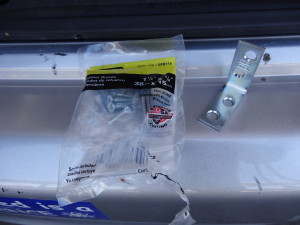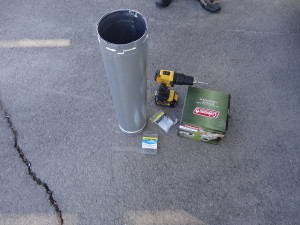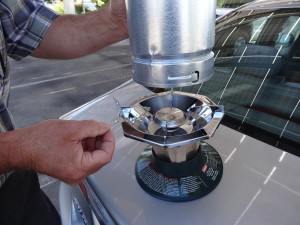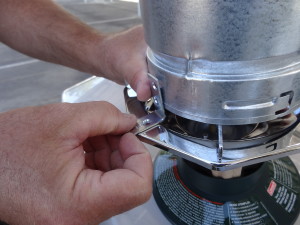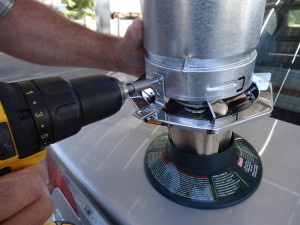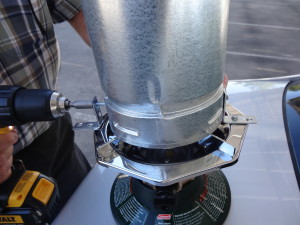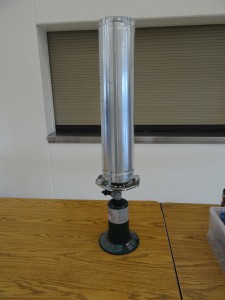Originally posted at the High Hopes Project Blog.
Lots has happened since we last checked in with students at Sparks High School that are designing and engineering several of the payloads we will send up to 100,000 feet (33,000 meters). The students finished one design for releasing the world’s High Hopes. The plan is to solicit the world’s “Hopes” – (you can add your students’ “Hopes” here) print them out on small strips of paper that will biodegrade rapidly, release them at 100,000 feet or higher and then have them spread out over the world and become one with the Earth. The challenge is to make that happen under the severe conditions the payload will experience.
Above is the simple, lightweight design that includes a framework inside to mount a camera that will record the release of the “High Hopes,” as well as a latch to hold it closed. Next we will turn the payload over to Sparks Middle School students to design a way to open the payload at just the right time. The high school students are also working on a second release payload that will release some of the “Hopes” at a lower altitude – local elementary students are designing some of the “Hopes” so they will glide or helicopter down … but that has to happen at a different altitude for reasons we will leave to you and your students to figure out. 🙂
Next we shared the other engineering design problems the high school students will take on. One of our launches will be from Lake Tahoe. We were working out how to do that last year when we had this failure and this success, Now we plan to drop cameras over 100 feet deep in the lake and part of that camera package will include a water pressure gauge the students have to design and build (they will also need to become familiar with Noble Gas Law). One of the cameras will track the gauge to record the water pressure from it’s deepest point to the surface of the lake. An air pressure gauge will also be deployed on the payloads above the surface. We will share the data from those and other readings … your students can inquire to figure out what will happen to those readings during the flight as well as temperature and other readings.
In addition, they have to reel the 100+ feet (33+ meters) of line the cameras and gauge are attached to back up to the other payloads so they aren’t dangling, possibly causing instability. So after they break the surface of the lake, those need to be retracted.
As a model STEM project, one of our goals is to set up collaborations not only between students at various schools, but also between students and engineers. The Mechanical Engineering and Materials Science departments at the University of Nevada, Reno, are experts in high altitude ballooning, and they have agreed to mentor our student participants. So on this visit we brought along Sierra Adibi, a junior in the mechanical engineering department. Her minor is in unmanned autonomous systems … so we felt she just might be a good fit. 🙂
Above: Sierra answered their questions and gave them some background and ideas on how they might utilize the Noble Gas Law in their water pressure gauge design. She also noted materials they were utilizing and asked questions about what they needed to consider for the conditions their designs have to deal with. Such a great opportunity to have students connect with people really working in the field … to see what others are doing. We’re planning to have Sierra come back to talk to the students more about the note-taking and writing pieces required for this kind of work. Their teacher, Mr.Walsh mentioned that students were struggling somewhat with those skills and Sierra offered to return soon with examples.
Finally we also gave them a problem to start on we will share at a later date. However it does tie-in nicely with the paper airplane design project Mr. Walsh already has planned in the coming month. Needless to say, by the end of the discussion it was hard to tell who was more excited, the students or us! With all the challenges the high school students are given, they are turning over some of the design and building over to the middle school and elementary students as needed. The whole world can join in by learning about the characteristics of our atmosphere and water, drawing informed conclusions and then using the data and media we will share after our launches to see if their conclusions were correct. We’ll share more about how anyone can be part of this project in future posts.
What are your “High Hopes!?”
Next we meet with the middle school and elementary students to inform them of their challenges.
Learning is messy!

